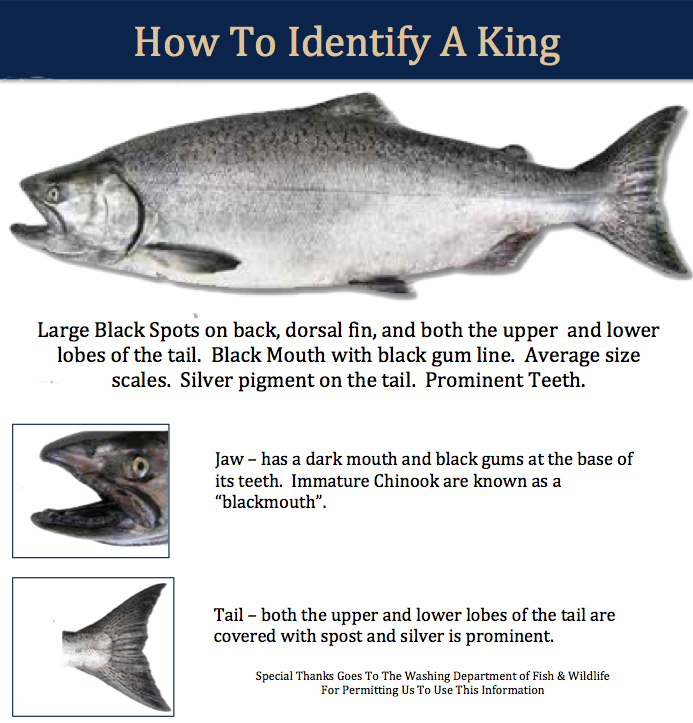King Salmon

King Salmon are anadromous fish native to the North Pacific Ocean and the river systems of western North America, ranging from California to Alaska, as well as Asian rivers ranging from northern Japan to the Palyavaam River in the Arctic north-east Siberia. They have been introduced to other parts of the world, including New Zealand, the Great Lakes of North America and Patagonia. A large Chinook is a prized and sought-after catch for a sporting angler. The flesh of the salmon is also highly valued for its dietary nutritional content, which includes high levels of important omega-3 fatty acids. Some populations are endangered, however many are healthy.
The King Salmon has not been assessed for the IUCN Red List. According to NOAA the King Salmon population along the California coast is declining, due to factors like overfishing, loss of freshwater and estuarine habitat, hydropower development, poor ocean conditions, and hatchery practices.
The King Salmon has not been assessed for the IUCN Red List. According to NOAA the King Salmon population along the California coast is declining, due to factors like overfishing, loss of freshwater and estuarine habitat, hydropower development, poor ocean conditions, and hatchery practices.
